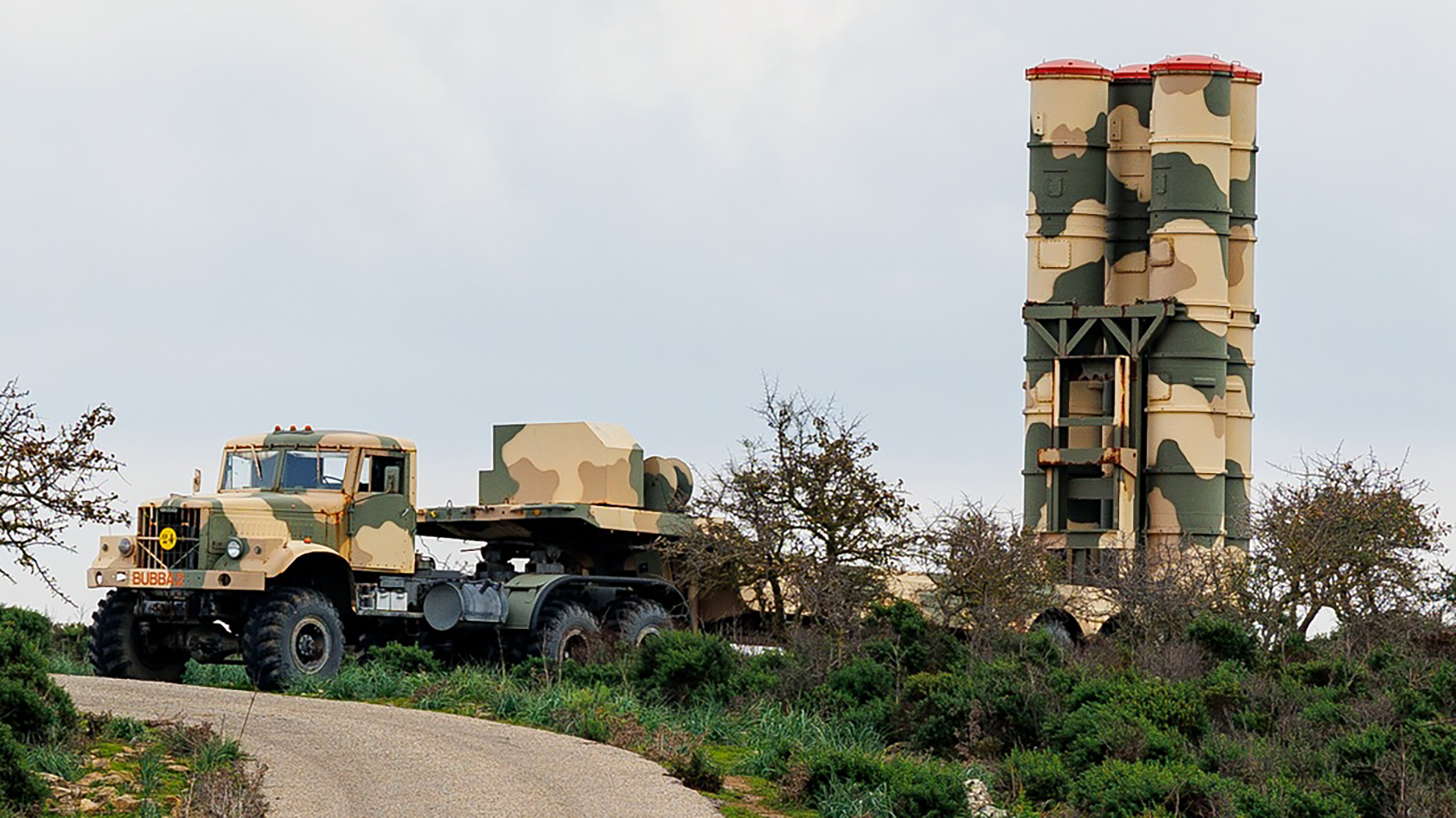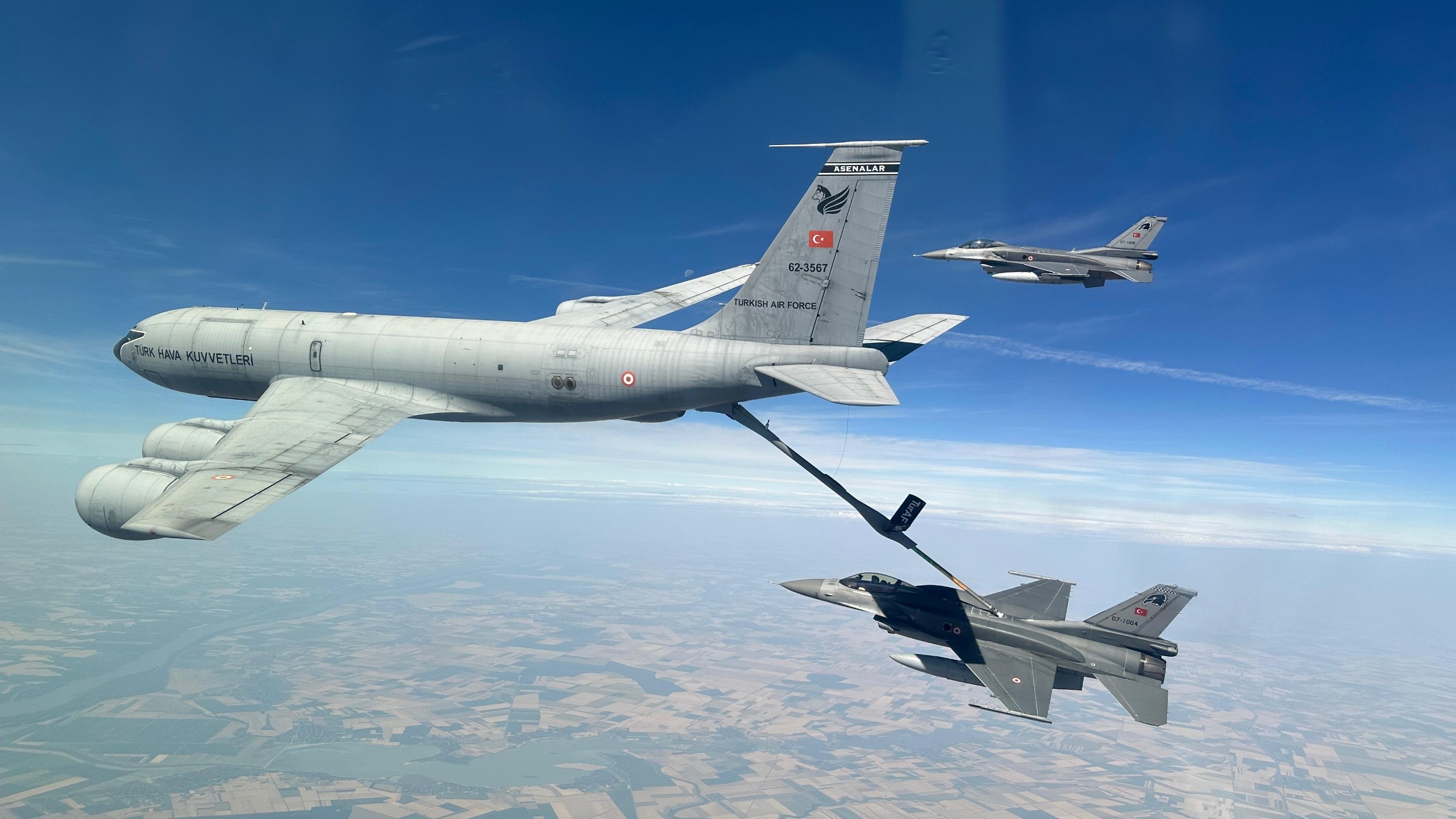Congress would like the Army to show its work on ‘transformation’
The service hasn’t briefed lawmakers on its plans to cut programs.

The service hasn’t provided detailed plans on how it would execute the Army Transformation Initiative, nor has the Pentagon released its fiscal year 2027 budget. So despite hours of hearings, few specifics emerged.
“When I say that we share your goal of developing a more modern, agile, and well-equipped Army, and the broad structure of the ATI sounds encouraging—rapidly delivering modern warfare capabilities, organizing force structure and eliminating waste and obsolete programs—but we need to see your homework,” Chairman Rep. Mike Rogers, R-Ala., said Wednesday during a House Armed Services Committee hearing.
The Pentagon first announced the initiative on May 1, as the Defense Department submitted its budget request to the White House with ATI cuts and moves included—taking Congress by surprise when leaders told reporters the following day that programs like the Humvee and legacy Apache helicopter would be axed.
“This initiative should be based on thorough assessment of requirements, and it should include a detailed blueprint of the specific changes being proposed and how the Army plans to implement them,” Rogers continued. “We need those assessments and blueprints. We also need you to provide us a timeline for implementing ATI. These details will help Congress understand, evaluate, and ultimately fund your transformation efforts.”
Army Secretary Dan Driscoll told lawmakers that the transformation will be “iterative,” a favored buzz word for the Army’s top generals and the venture capital community, of which Driscoll and his prospective under secretary are veterans.
“We will be hopefully doing what the best companies in America do, and learning as we go,” he said.
The first priority will be a reorganization that sees the number of Army headquarters, and general officer jobs, consolidate and shrink, an initiative Chief of Staff Gen. Randy George began last year, shortly after taking office.
Next, Driscoll said, they will focus on eliminating programs that no longer suit the service, like the M-10 Booker light tank.
But there’s no specific list of jobs or facilities to eliminate, nor a timeline.
“And so there will be no one date where everything with our first batch of ATI will be completed,” Driscoll said, adding, “We have just started that process of putting together the plans for what could be the right solution, but our commitment is that we will share as soon as we have reasonable drafts with this committee, to take your feedback to help make it stronger and better.”
The uncertainty has caused fear among commands from Fort Eustis, Va.—where Army Training and Doctrine Command is set to be absorbed into Austin-based Army Futures Command—to Rock Island Arsenal, Ill., members said Wednesday
“They deserve to know what's going on, and when they don't, it creates a high level of anxiety,” said Rep. Rob Wittman, R-Va. “I have TRADOC headquarters in my district as part of the transformation initiative … I can tell you that the rumor mill there is running wild. There is chaos there at Fort Eustis, because there's a lack of certainty.”
Rep. Eric Sorenson, D-Ill., whose district includes Rock Island, shared similar sentiments.
“We all want to make sure that the Army is lethal, is ready to meet the challenges of today and tomorrow,” he said. “However, you chose to give us a plan with few details, with no budgeting, and a failure to answer a lot of our questions, and now we're hearing about how this plan will be implemented from my own constituents, not from leadership.”
There are also concerns about how the Army will replace capabilities from programs it plans to cancel, like the Humvee or the joint light tactical vehicle.
“We have been told that the infantry squad vehicle was identified as the future for ground mobility, but let's be honest, the current model of that vehicle does not support the needs of medical evacuation, and the Humvee fleet that you plan to retain, which could serve as ambulances in the meantime, is already facing severe maintenance issues,” Sen. Tammy Duckworth, D-Ill., said Thursday during a Senate Armed Services Committee hearing.
George responded that the Army will still have its existing 18,000 JLTVs and 105,000 Humvees, while the service explores another armored option.
“Moving forward, we need a broad bunch of capability,” he said. “We're also looking at autonomous systems and how they can go into certain areas.”
Army leadership has promised more details of the plan will be in the 2027 budget request, but the Pentagon has not released their portion and has not announced when it’s expected. The White House said Friday, in the release of its own budget, that the Defense Department’s details would come later this month.
“I would also note that it's difficult to fully discuss the Army's posture. We have yet to receive a budget request from the administration,” Sen. Jack Reed, D-R.I., said during his opening statement. “This is quickly becoming the longest delayed budget submission in memory, and I urge the White House to deliver it quickly.” ]]>























































































































































